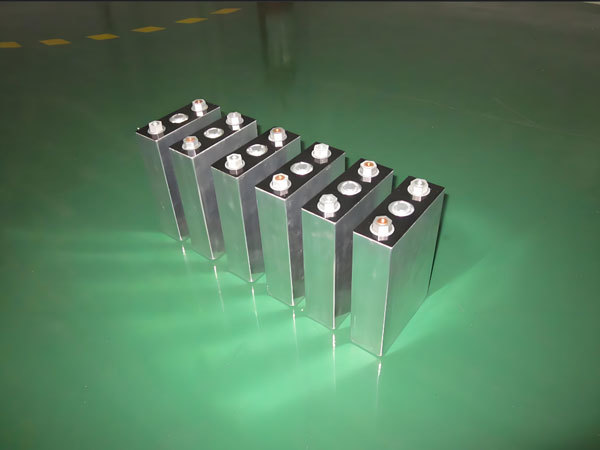Battery Cell Composition Revealed: Understanding the Components and Working Principle of Battery Cells
The battery cell is mainly composed of positive electrode, negative electrode, electrolyte and diaphragm, which work together to store and release electrical energy.
Mar 17,2025

The battery cell is mainly composed of positive electrode, negative electrode, electrolyte and diaphragm, which work together to store and release electrical energy.
The battery cell, as an important part of the battery, carries the key task of storing and releasing electrical energy. So, what exactly are the components that make up an electric cell? Below, we will unravel the mystery of the construction of the battery cell.
I. Main components of electric core
The electric core is mainly composed of the following key components:
1. Positive electrode: The positive electrode of the battery cell is an important part for storing and releasing electrical energy. It is usually made of materials with high energy density, such as lithium cobaltate, lithium manganate or ternary materials. Positive electrode materials have good electrochemical properties, which can ensure the efficient charging and discharging of the battery cell.
2. Negative electrode: The negative electrode of the battery cell corresponds to the positive electrode, and is also the key part for storing and releasing electric energy. Negative electrode materials are usually graphite or silicon carbon composite materials, which have high energy density and cycle stability. Negative electrode materials also need to have good electrochemical properties to ensure the normal operation of the electric core.
3. Electrolyte: Electrolyte is the medium of ionic conduction in the electric core, responsible for transferring ions between the positive and negative electrodes, thus realizing the storage and release of electric energy. The electrolyte is usually a mixture of organic solvents and electrolyte salts, and needs to have good ionic conductivity and chemical stability.
4. Diaphragm: The diaphragm is located between the positive and negative electrodes and serves to isolate the positive and negative electrodes and prevent short circuits. The diaphragm needs to have good ion permeability and mechanical strength to ensure the safe operation of the electric core.
II. The working principle of the electric core
The working principle of the battery cell is based on electrochemical reactions. During the charging process, lithium ions in the positive electrode material move to the negative electrode through the electrolyte and are embedded in the negative electrode material; at the same time, the anions in the electrolyte move to the positive electrode through the diaphragm, forming a charge balance. In the discharge process, the lithium ions embedded in the negative electrode return to the positive electrode through the electrolyte, and at the same time release electrical energy.
The performance of the battery cell not only depends on the materials and performance of its components, but is also closely related to the manufacturing process and structural design of the battery cell. By optimizing the structural design of the battery cell, improving the manufacturing process and selecting high-performance materials, the performance of the battery cell in terms of energy density, cycle life and safety can be further improved to meet the demands for battery performance in different fields.
III. Application and development of electric core
As the core part of batteries, electric cells have a wide range of applications in electric vehicles, smartphones, wearable devices and many other fields. With the continuous progress of technology, the performance of electric core is also improving, providing more reliable and efficient energy solutions for various application scenarios.
Meanwhile, with the increasing awareness of environmental protection and the rapid development of new energy technologies, the application of electric cores in areas such as renewable energy storage and distributed energy systems is also becoming increasingly widespread. In the future, with the continuous emergence of new materials, processes and technologies, the performance and reliability of electric cores will be further improved, bringing more convenience and possibilities to our lives.
In summary, the composition of an electric core involves multiple key components that work in concert to realize the storage and release of electrical energy. Understanding the construction and working principle of the battery cell helps us to better understand and use the battery, and also provides a theoretical basis for the improvement and optimization of the battery cell.
NEXT:

